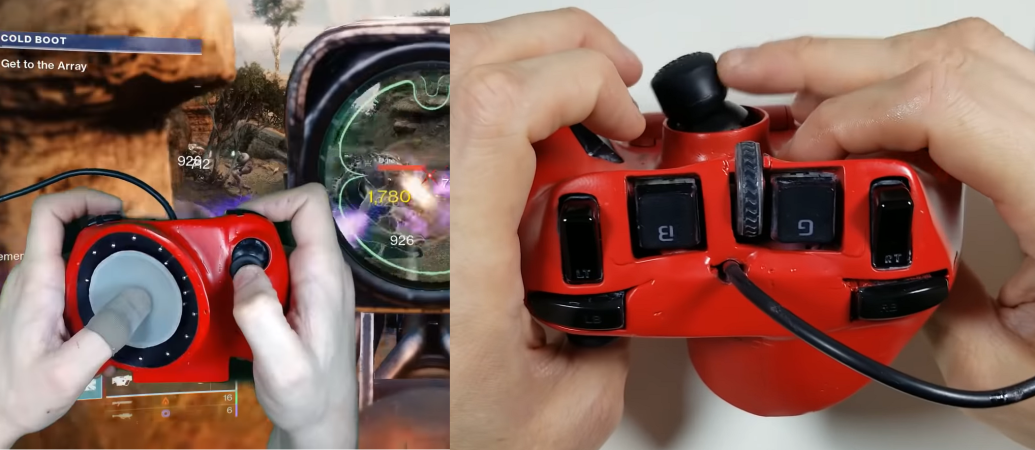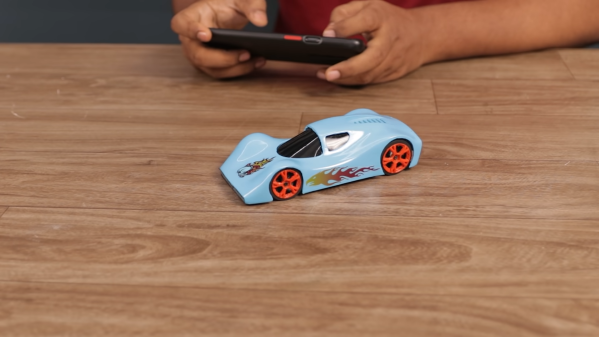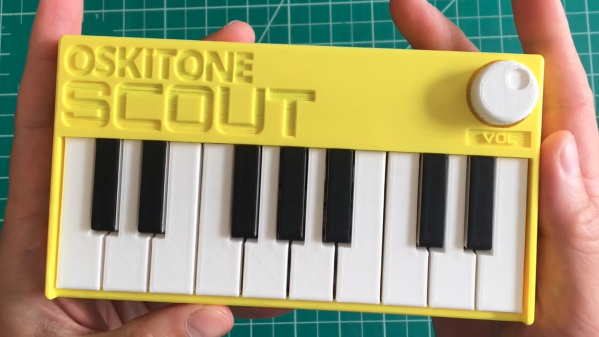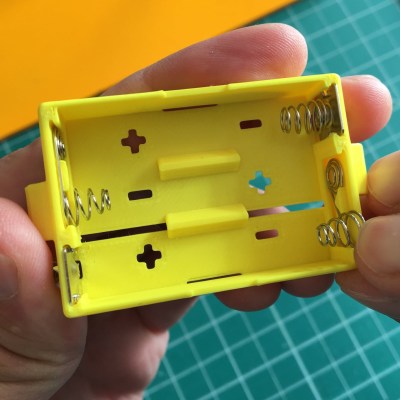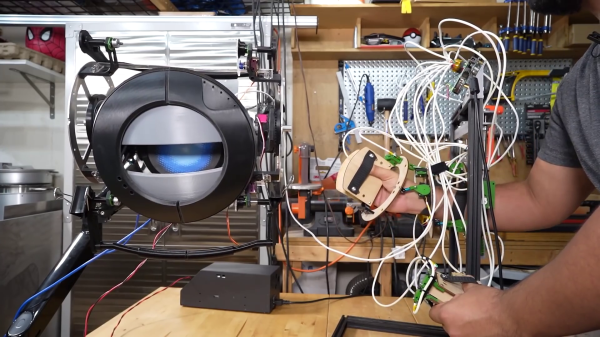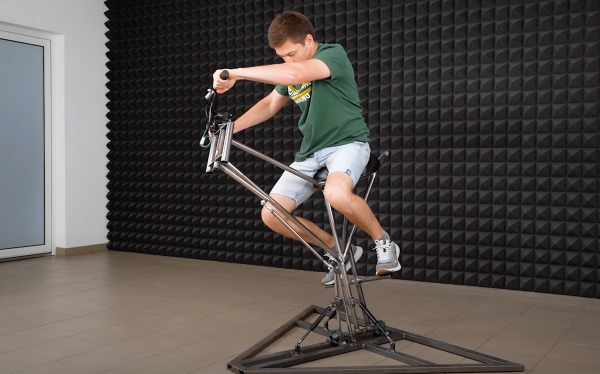Last week, I got my first chance to get out and about among the hackers in what feels like forever. Hackerspaces here in Germany are finally able to re-open for business-as-almost-usual, allowing access to reasonable numbers of people providing they’re immunized or tested, and wearing masks of course. And that meant that I got to take up [Andreas’] invitation to come see his Stereo Ninja inspection microscope project in person.
Stereo Ninja basically makes clever use of two Raspberry Pi cameras, swaps out the optics for greater enlargement, and displays the results on a 3D monitor — to be viewed with shutter glasses. This is one of those projects that you really have to see in person to “get it”. He’s still working on stripping the build down to make it simpler and more affordable, to make the project more accessible to the average hacker.
We talked about DIYing a 3D monitor. It turns out that the shutter glasses are cheap, and it looks like they’re synced by an IR pulse to the monitor. There should be a hacker solution for 3D to work with a fast gaming monitor at least. [Andreas] also pointed me to this great breakout board for the Raspberry Pi CM4 that breaks out both camera lanes for easy stereo / 3D capture. I got the tour of the FabLab, and we talked welding, metal 3D printing, software, hardware and assorted nerdy stuff. [Alex] showed up on his way out of town for the weekend — it’d been ages since we hung out.
In short, I remembered how it used to be in the before-times, when visits with other hackers, and to other hackerspaces, were possible. There’s this spontaneous and mutually inspirational kind of chat that’s just impossible remotely, and is tremendously important.
We’re not done with the COVID pandemic yet, I fear, and different parts of the world have entirely different trajectories. If you told me two years ago that I would be visiting hackerspaces with a mask and proof-of-vaccination, I would have thought you were crazy. But at the same time this brief visit gave me a little boost of hope for the future. We will get through all of this, and we’ll all meet up again at our local hackerspaces.


